Imru’ al-Qais ibn Hujr ibn al-Harith al-Kindi (c. 130-80 BC = c. 497-545 AD) of the Banu Akl al-Marrar: the most famous Arab poet of all time. He was originally from Yemen and was born in Najd, or in the Sakasik district of Yemen. He was known by his nickname, although historians differed on his name, some saying it was Handaj, others saying it was Malika, and others saying it was ‘Adi. His father was the king of Asad and Ghatafan. Our contemporaries have studied his poetry and biography, with Salim al-Jundi writing (Imru’ al-Qais), Muhammad Abu Hadid (The Misguided King Imru’ al-Qais), Muhammad Hadi ibn Ali al-Daftar (Imru’ al-Qais and His Poems), Muhammad Salih Samak (The Prince of Poetry in the Ancient Era), Ra’if al-Khouri (Imru’ al-Qais), and similar works by Fu’ad al-Bustani and Muhammad Sabry. Tarafa ibn al-Abd ibn Sufyan ibn Sa’d, al-Bakri al-Wa’ili, Abu Amr: A pre-Islamic poet of the first rank (c. 86-60 BC = c. 538-564 AD). He was born in the desert of Bahrain and traveled throughout the regions of Najd. He became associated with King Amr ibn Hind, who made him one of his companions.
save
د.ا0.50Explanation of the Seven Mu’allaqat
د.ا6.00د.ا6.50
This book provides a literary and rhetorical interpretation and analysis of the famous Mu’allaqat poems, which are considered among the finest works of ancient Arabic poetry.
Available on backorder
| Author | |
|---|---|
| Year | |
| Publisher | Dar al-Kutub al-Ilmiyyah |
Customer Reviews
There are no reviews yet.
You may also like…
-
Poetry and Poets
د.ا10.00A classic critical book that presents the classes of Arab poets, analyzing their poetry and methods in a refined linguistic and cultural style.
د.ا10.50 -
Abu Tammam’s Diwan Two Part
د.ا15.00This collection includes a selection of Abu Tammam’s poems, representing the pinnacle of eloquence and fluency in Abbasid Arabic poetry.
د.ا15.50 -
Explanation of Bashar ibn Burd’s Diwan
د.ا9.50A collection of poetry containing the most prominent poems of the poet Bashar ibn Burd, who is considered one of the most creative poets of the Abbasid era in the arts of satire and elegy.
د.ا10.00

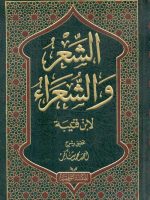
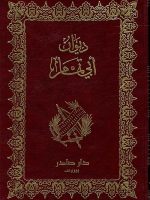
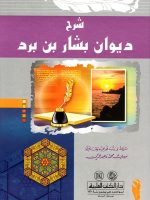
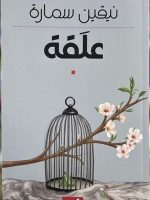
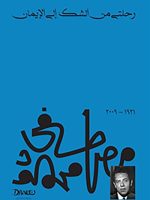
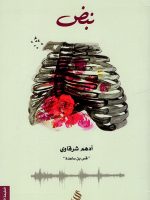

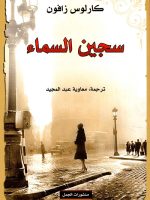
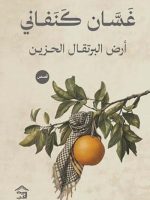

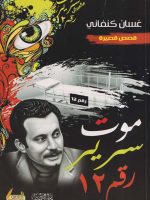
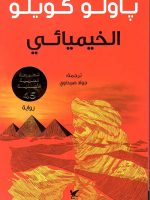
Be the first to review “Explanation of the Seven Mu’allaqat”